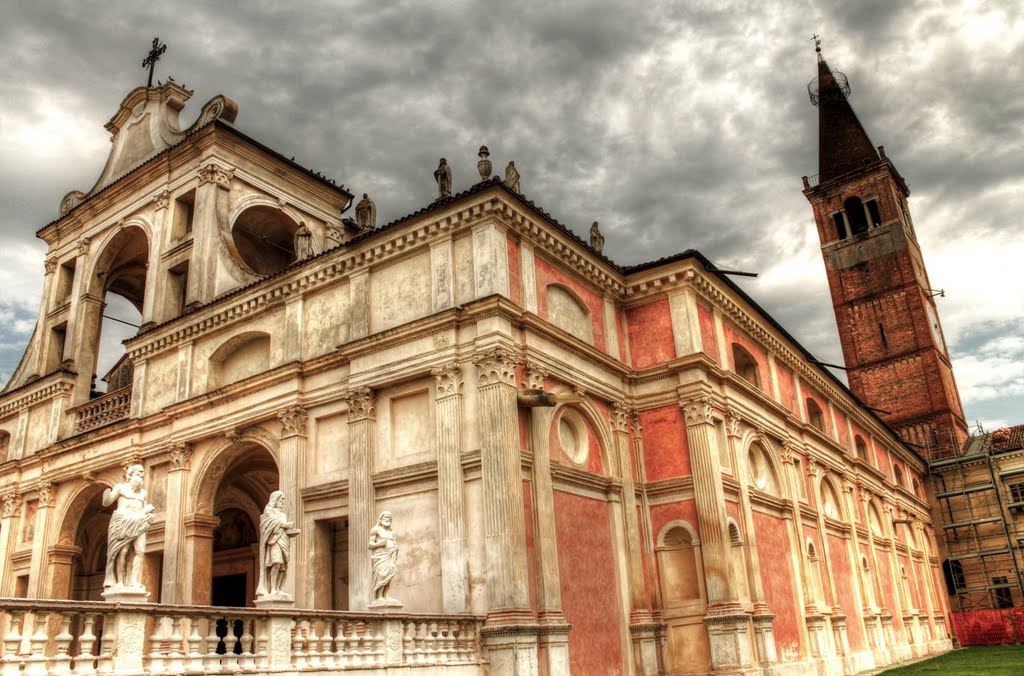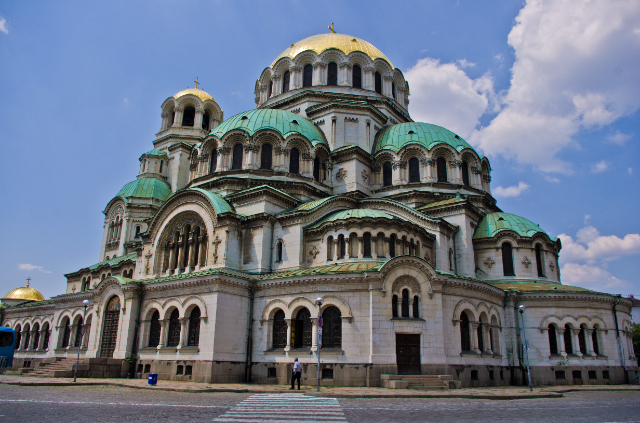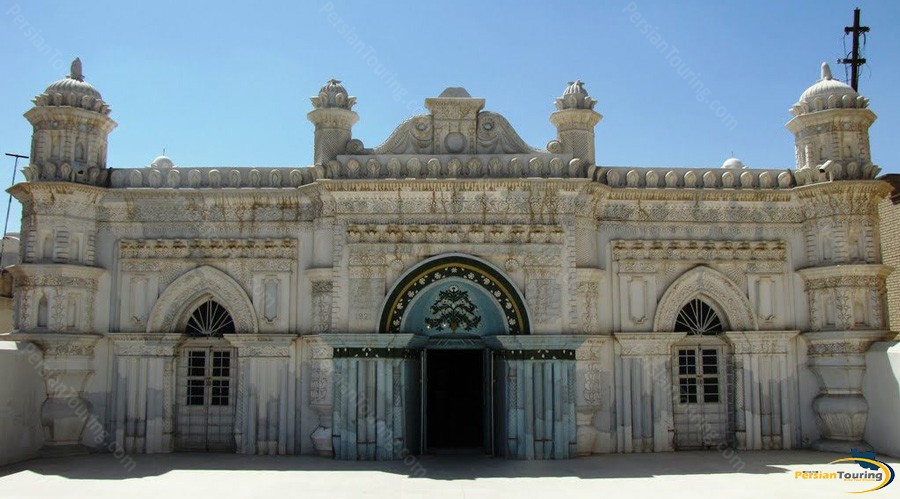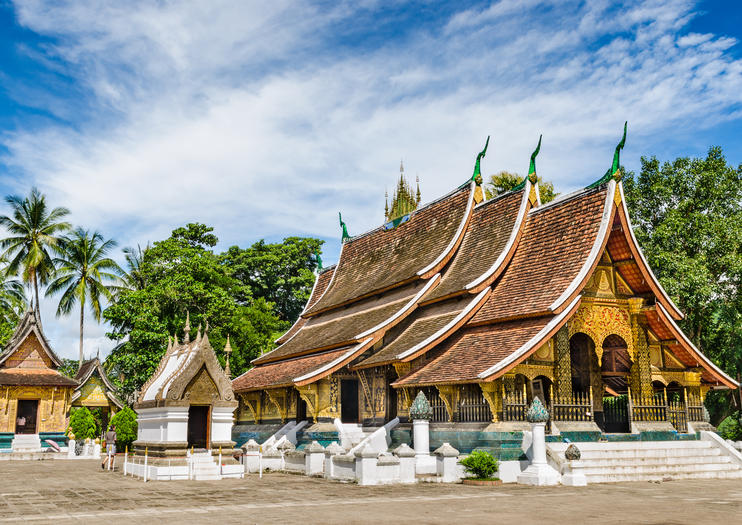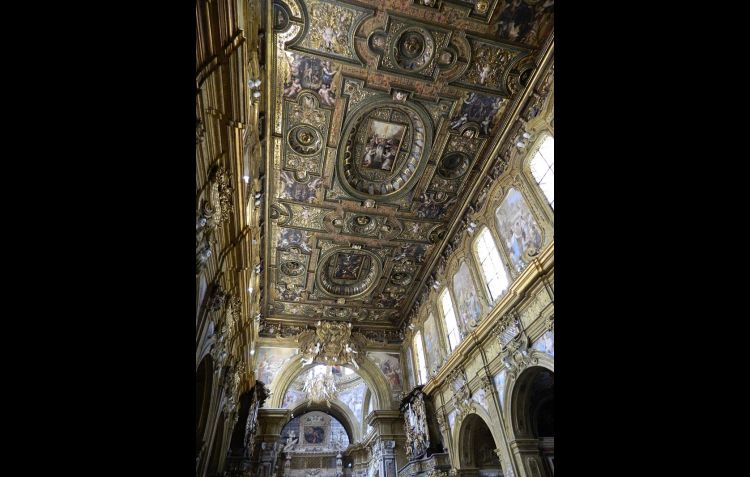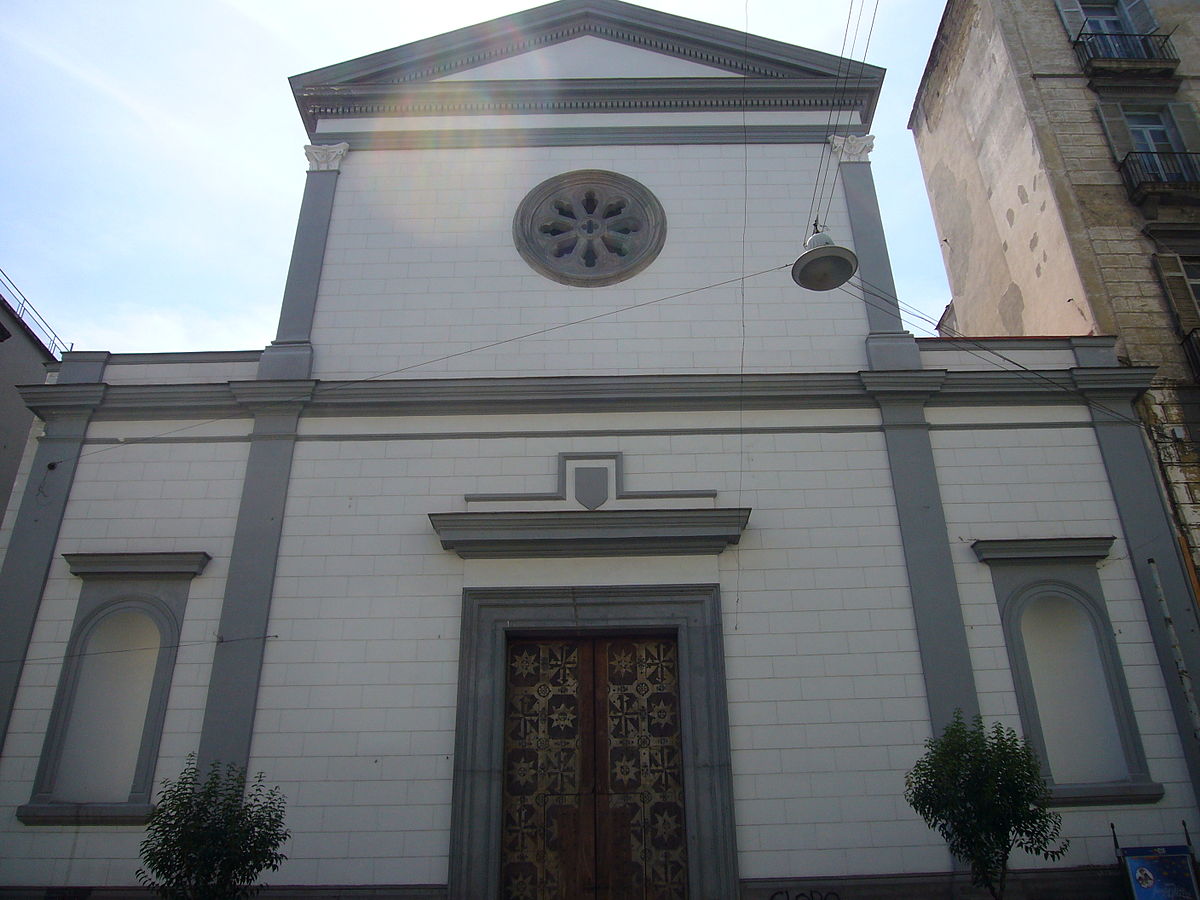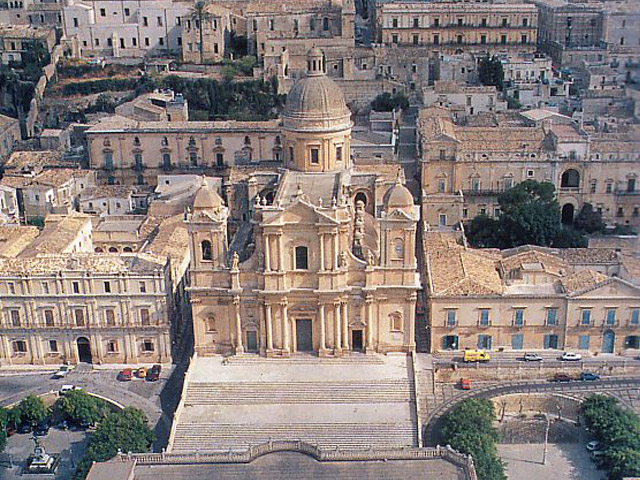The structure of the basilica, which we can admire today, reflects the fundamental architecture that designed the genius of Giulio Romano and represents the compendium of the salient moments of history and civilizations of Polironi. Between 1540 and 1545 he rebuilt without demolishing the old Romanesque and Gothic structures adopting original solutions to make different architectural styles coexist creating a refined and homogeneous interior.
The ambulatory and the walled but still visible columns in the presbytery are Romanesque, while the tiburium and the vaults are Gothic.
Antonio Begarelli, an artist from Modena whom Vasari defines as "the Michelangelo of terracotta", realized in 1542 and 1559, 32 statues of saints that decorate the naves and the entrances of the side chapels.
The wonderful sacristy is furnished with carved closets, made between 1561 and 1563, by Giovanni Maria Piantavigna.
In the room between the transept and the sacristy is the tomb of Matilde di Canossa, an alabaster sarcophagus supported by four red marble lions. Matilde’s body has not been in her tomb since 1633, when it was transferred to St. Peter’s Basilica in Rome.
Inside the Basilica there is also the Oratory of Santa Maria datable between the end of the eleventh century and the middle of the twelfth century, therefore dating back to a period prior to the death of Countess Matilda, and then be adapted to the main church at the time of its rebuilding (1130), according to the scheme of the Oratory of Santa Maria di Cluny. It is thought that the countess Matilde was originally buried here, in an urn buried in front of the altar, in correspondence of the great mosaic with the four Cardinal Virtues.
Tourists, during their visit, can admire the beauty of the three cloisters, that of the Secular, that of San Simeone and that of San Benedetto:
The cloister of the Seculars, of which at least three constitutive phases can be noted (one phase prior to the 15th century, one datable to 1475 and one of 1674) was destined to welcome pilgrims and the poor on the ground floor (east and south sides), while the upper floor was dedicated to the important guests. From the cloister of the Secolari, crossing the scenographic Barberiniano staircase, one can access the Museo Civico Polironiano.
Continuing on the back of the Basilica, one finds the Cloister of San Simeone, whose upper floor was once occupied by the old infirmary to the east, the library and the abbot’s residence to the south, and the monks’ dormitory cells to the west and north. On the first floor there were the cells for the monks in transit, the cellar, the tailor’s shop and the shoemaker’s shop. The cloister, in late Gothic style, assumed its present appearance between 1458 and 1480. The frescoes in the lunettes depicting the Stories of San Simeone, painted by artists perhaps of the Flemish school, date back to this period. From this splendid cloister you can directly access to the hall of the Chapter, one of the most ancient and important places of the monastery as it is the management center of the coenoby; inside you can admire the rests of tombs of abbots of the ‘500.
Leaving the room you can admire the largest cloister, dedicated to St. Benedict. Rebuilt around 1450 within the architectural renovation of Polirone supported by the commendatory Guido Gonzaga, it was modified in the southern side following the renovation works of the abbey church made by Giulio Romano.
